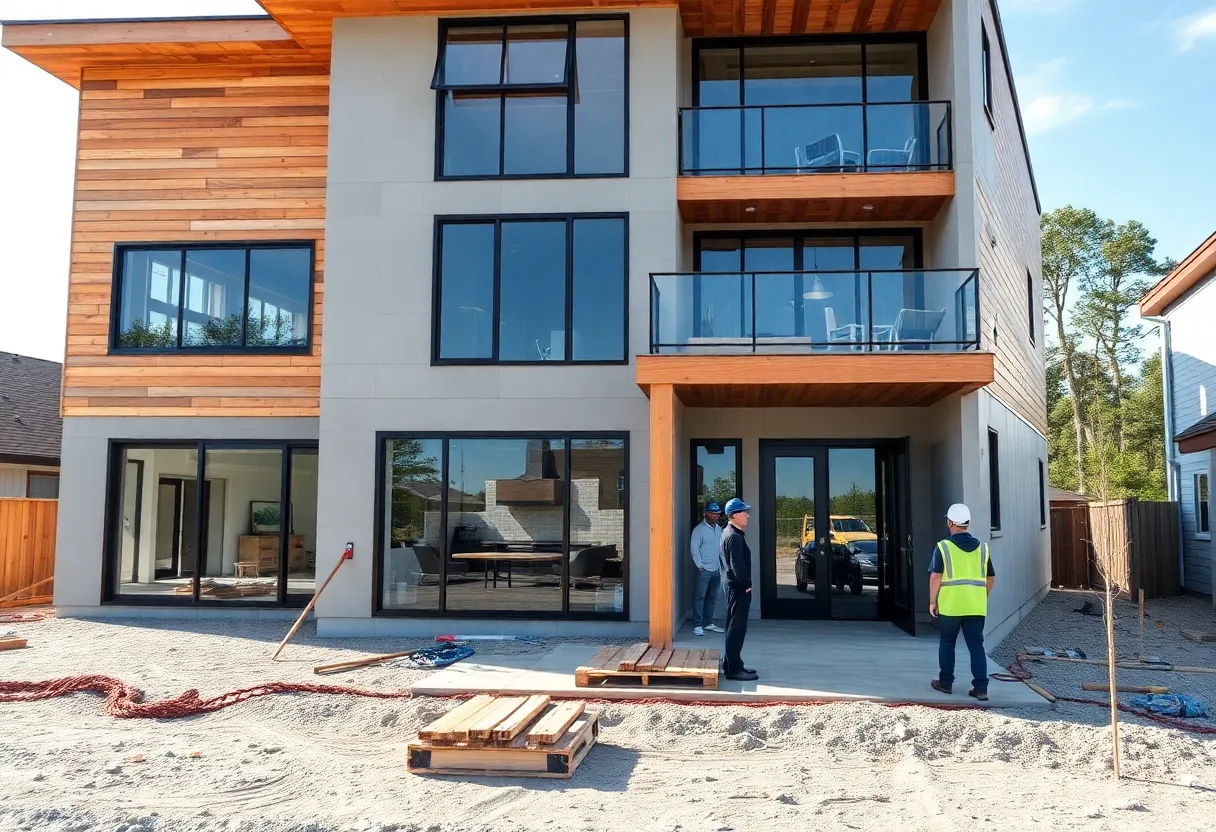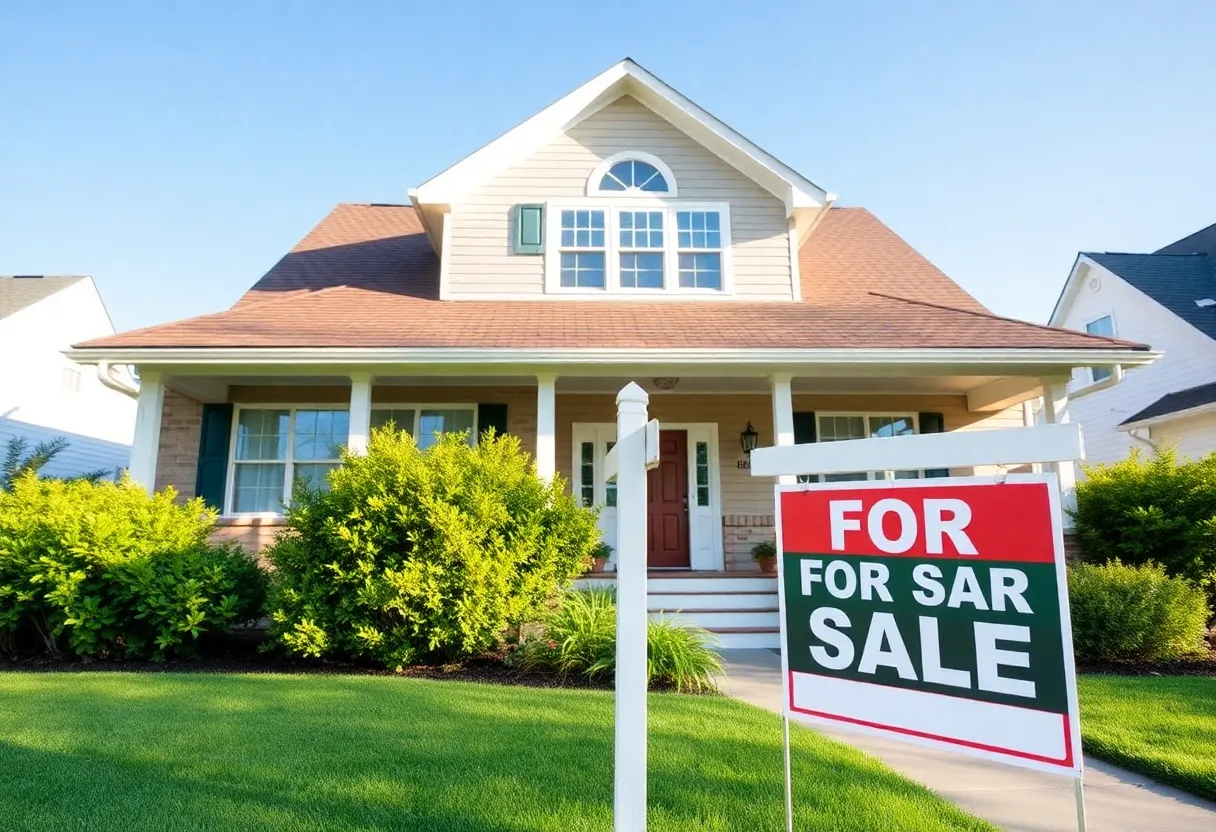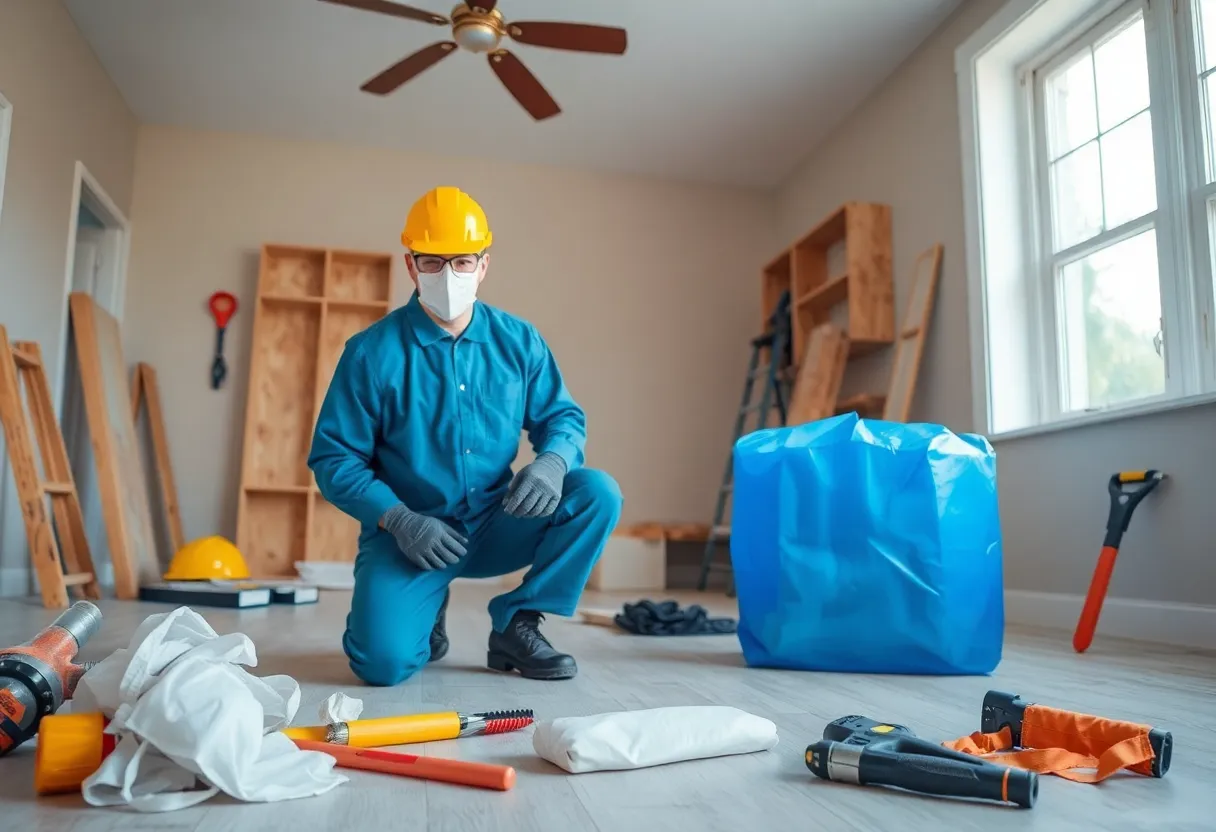What Are the Most Important Trends Shaping Home Construction in 2024?
The landscape of home construction continually evolves, driven by technological advancements, environmental considerations, and shifting consumer preferences. As we move into 2024, several transformative trends are redefining how homes are designed, built, and lived in. These trends not only influence the aesthetic and functional aspects of residential architecture but also impact sustainability, efficiency, and resilience. Below is a comprehensive overview of the most critical developments shaping the home construction industry this year.
1. Sustainable and Green Building Practices
Emphasis on Energy Efficiency
Sustainable construction remains at the forefront of industry priorities in 2024. The push for energy efficiency is driven by increased awareness of climate change and rising energy costs. Builders are integrating high-performance insulation, advanced glazing systems, and airtight construction techniques to minimize energy consumption.
Homes are increasingly meeting or exceeding strict international standards like LEED or WELL certifications. Solar panel integration is now standard in many residential projects, coupled with energy storage solutions such as home batteries.
Use of Eco-Friendly Materials
Constructors are opting for environmentally friendly materials, including recycled steel, reclaimed wood, and low-VOC (volatile organic compound) paints and finishes. These materials reduce the carbon footprint of home construction and improve indoor air quality.
Innovative products such as hempcrete and bamboo are gaining popularity for their sustainability credentials and rapid renewability.
Net-Zero and Passive Homes
Designing for net-zero energy consumption — where homes produce as much energy as they consume — is increasingly feasible thanks to advancing technology. Passive house principles, emphasizing super-insulation and heat recovery ventilation, are standard in high-performance designs.
This approach drastically reduces energy bills and enhances resilience to grid disruptions, especially relevant amid shifting energy priorities.
2. Technological Integration and Smart Home Systems
Smart Building Technologies
In 2024, home construction incorporates smart systems as a core component. These integrate security, lighting, climate control, and even appliances into seamless networks monitored remotely via smartphones or voice assistants.
Advanced sensors enable real-time monitoring of energy usage, indoor air quality, and occupancy, optimizing comfort and efficiency.
Prefabrication and Modular Construction
The adoption of prefabricated and modular components accelerates construction timelines and reduces waste. Prefab homes are built in controlled environments, ensuring higher quality, precision, and less site disruption.
Mass customization allows homeowners to select designs remotely, decreasing reliance on traditional on-site construction practices.
AI and Data-Driven Design
Building Information Modeling (BIM) and artificial intelligence (AI) tools support smarter planning and resource allocation. These technologies enable precise cost estimation, clash detection, and simulation of energy performance before physical construction begins.
3. Resilience and Adaptability in Design
Resilience to Climate Change
Home designs increasingly incorporate features that withstand extreme weather events. Elevated foundations, hurricane-resistant windows, and tamper-proof exterior finishes are becoming standard in vulnerable regions.
Flood-resistant and fire-resistant materials and construction techniques also see widespread adoption, enhancing safety and longevity.
Flexible and Multi-Use Spaces
Amid changing lifestyles, homes are designed with flexible spaces that can adapt over time. Home offices, gyms, and guest suites can be reconfigured easily, reflected in modular layouts and movable partitions.
This flexibility extends to *expandable* designs that accommodate future growth without complete rebuilds.
Indoor-Outdoor Integration
Expanding living spaces into outdoor environments is a notable trend. Large sliding or folding glass doors, outdoor kitchens, and porches blur the boundary between indoors and outdoors.
4. Focus on Health and Wellness
Indoor Air Quality
Architects and builders prioritize indoor air quality through enhanced ventilation systems, air purification technologies, and low-emission materials. These measures address increasing awareness of health impacts from indoor environments.
Biophilic Design
Biophilic principles incorporate natural elements like plant life, natural light, and organic materials to promote mental well-being and reduce stress. Large windows, indoor gardens, and natural textures are increasingly common.
Acoustic Comfort
Soundproofing and acoustic optimization are essential, especially as homes serve as workplaces and educational spaces. Techniques include sound-insulating windows, acoustic panels, and strategic spatial planning.
5. Emphasis on Affordability and Affordability-Driven Design
Cost-Effective Construction Methods
While standards for quality and sustainability grow higher, the industry strives to deliver cost-effective solutions. Streamlined processes, scalable prefab systems, and bulk material purchasing reduce overall expenses.
Smaller, Efficient Homes
Urbanization and housing affordability issues push developers toward compact, efficient homes. Micro-apartments, tiny homes, and accessory dwelling units (ADUs) are gaining traction, offering lower-cost ownership options without sacrificing quality.
6. Regulation and Policy Influence
Building Codes and Incentives
Updated building codes increasingly mandate energy efficiency and resilience features. Governments offer incentives for green building practices, encouraging innovation.
Compliance with these regulations ensures homes are prepared for future standards and reduce potential legal or financial liabilities.
Zoning and Land Use Policies
Flexible zoning policies facilitate higher density and mixed-use developments. These policies support sustainable urban growth and minimize expansion into undeveloped land.
7. Innovations in Construction Materials
High-Performance Concrete and Composites
New formulations of concrete incorporate fibers and admixtures improving strength, durability, and thermal performance. These materials enable longer-lasting, more resilient structures.
Self-Healing Materials
Research into self-healing concretes and composites promises longer lifespan and reduced maintenance costs, contributing to sustainable building practices.
Lightweight and Insulating Materials
Advances in foam insulations, aerogels, and lightweight structural panels improve thermal insulation while reducing overall load on foundations and frameworks.
8. Embracing a Holistic Approach to Home Construction
Integrating Design, Sustainability, and Technology
The future of home construction focuses on holistic solutions that balance aesthetics, functionality, and environmental responsibility. These integrated approaches lead to smarter, healthier, and more resilient homes.
Lifecycle Perspective
Design decisions now consider whole-life costs — from construction to maintenance, operation, and eventual deconstruction or renovation. Eco-friendly, durable materials and adaptable layouts support this perspective.
Conclusion
Overall, 2024 marks a significant convergence of technological innovation, environmental sustainability, and consumer-centric design in home construction. The industry is moving towards smarter, more adaptable, and resilient homes. These advancements reflect a broader societal shift towards climate responsibility, health awareness, and digital integration.
Builders, architects, and homeowners alike will benefit from embracing these trends, ensuring that new homes meet future demands for sustainability, efficiency, and comfort.
Author: STAFF HERE VIRGINIA BEACH WRITER
The VIRGINIA BEACH STAFF WRITER represents the seasoned team at HEREVirginiaBeach.com, your trusted source for actionable local news and information in Virginia Beach, Virginia Beach City, and beyond, delivering "news you can use" with comprehensive coverage of product reviews for personal and business needs, local business directories, politics, real estate trends, neighborhood insights, and state news impacting the region—supported by years of expert reporting and strong community input, including local press releases and business updates, while offering top reporting on high-profile events like the Virginia Beach Neptune Festival, East Coast Surfing Championship, and military homecoming celebrations, alongside key organizations such as the Virginia Aquarium, Virginia Beach Convention Center, and Oceana Naval Air Station, plus leading businesses in tourism and defense like Busch Gardens and Northrop Grumman, and as part of the broader HERE network including HEREWilliamsburg.com, providing credible, in-depth insights into Virginia's vibrant landscape. HERE Virginia Beach HERE Williamsburg





